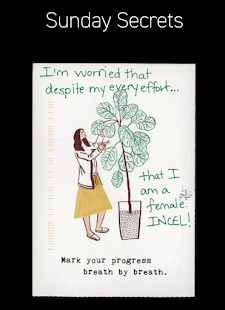Network Writing
Chapter 6 of Electronic Literature explores the branch of network writing. While the concept is broad, generally network writing is defined to be e-lit that is both created and published on the internet. Networks serve as both technological and social structures, as well as platform and material. Examples of the genre include social media platforms, stories that require you to visit multiple websites for the narrative to unfold, and websites that use collaboration. Our “immersion in this type of contemporary literature has changed the nature of contemporary literacy. Reading and writing skills have not necessarily increased…The fragmented and distracted nature of network communication- continuous feeds and notifications from multiple windows, on multiple devices- has in some way degraded our experiences of reading and writing.” (Rettberg 153). Despite the negatives that come with network discourse, the medium has people reading and writing more often.
For my bring it to the table, I examined the piece of E-Lit A Humument (1970) by Tom Philips. In A Humument, Phillips revises 19th century novel A Human Document by William Maddock. Through his work, Phillips covered most text of the book with images. The images were chosen to nod to portions of the original text, eventually developing a new narrative through the changes. Behind A Humument (1970), Phillips shines light on how a story has the potential to be networked into an entirely new narrative.
https://theoutline.com/post/7731/tom-phillips-a-humument-interview


Cate, I cleared your formatting on this, I hope that's okay. It was being weird. :)
ReplyDelete